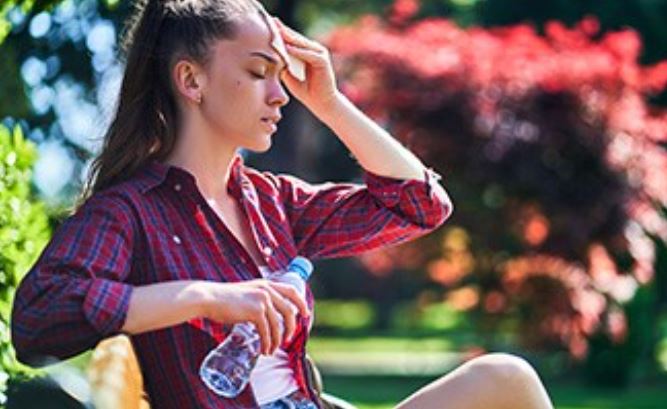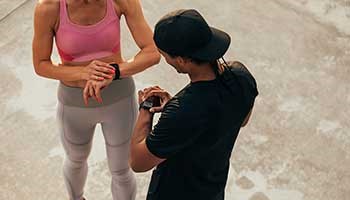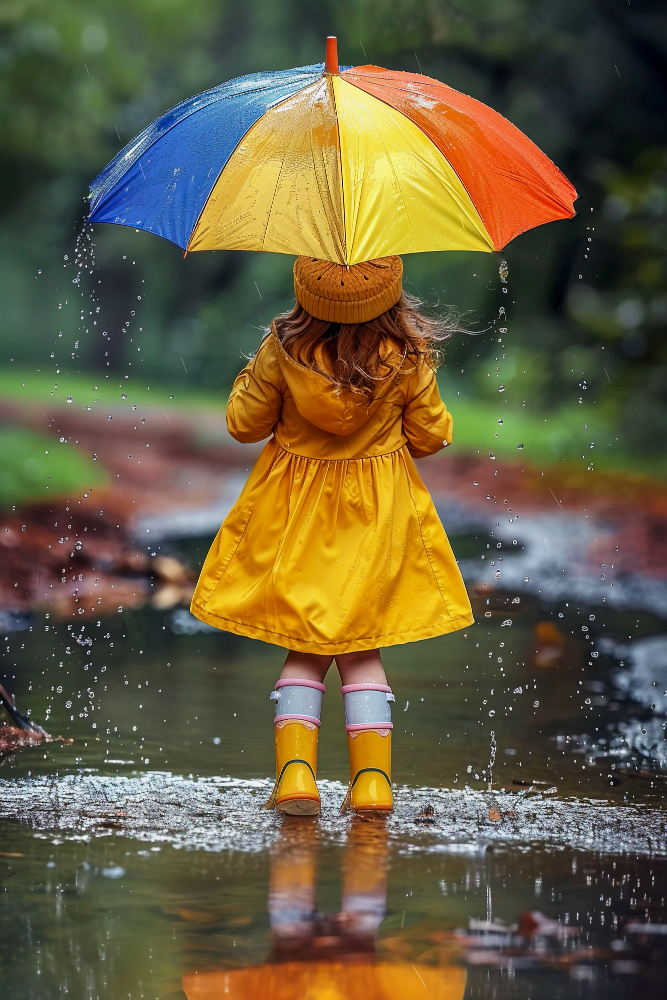Preventing Heatstroke: Symptoms, Causes, and Solutions

Hot weather and extreme heat are the biggest factors for a heat stroke. Due to global warming every year the temperature keeps rising, which means the chances of you suffering from a health stroke keep rising every year. In India summers can be excruciating where temperature can go over 40°C. If you are someone who spends a lot of time outdoors than you are at the risk of a heatstroke.
In this blog, we will understand what a heatstroke is? What are its causes and symptoms and how to treat heat stroke?
What is Heatstroke?
A Heatstroke is defined as a severe heat related illness characterised by increased body temperature followed by symptoms such confusion, dizziness, rapid heartbeat, and potentially unconsciousness. Heatstroke occurs when the body’s temperature regulation system fails to regulate the body’s temperature due to prolonged exposure to high temperatures or physical exertion.
Types of Heatstroke
-
Classical Heatstroke
Also known as Non exertional heat stroke caused by heatwaves or prolonged exposure to high temperatures, affecting individuals of any age, especially those with underlying health conditions or elderly individuals. If untreated classical heatstroke can cause serious damage to brain and other internal organs.
-
Exertional Heatstroke
This type of heatstroke is more common in athletes and people engaged in high intensity physical activity in hot environments. Exertional heatstroke is a life threatening condition if left untreated.
According to a study between 10 and 65% of people with non-exertional heatstroke die from the illness and 3 to 5% with classical heatstroke (1).
Symptoms of Heatstroke
Here are the most common heatstroke symptoms (2)
- High body temperature typically above 40°C
- Rapid pulse
- Rapid breathing or difficulty breathing
- Headache
- Dizziness or lightheadedness
- Confusion or disorientation
- Nausea and vomiting
- Hot, dry skin (in classic heatstroke) or flushed, sweaty skin (in exertional heatstroke)
- Loss of consciousness or seizures may occur in severe cases.
Causes of Heatstroke
Here are some heatstroke causes
- Exposure to a hot and humid environment
- Lack of water intake
- Drinking Alcohol
- Wearing heavy or dark clothing
- Diabetes
Prevention of Heatstroke
Here are some techniques to prevent heatstroke
- Dress appropriately
Wear lightweight, loose-fitting clothing in light colors to reflect sunlight and heat. Protect your head and face with a hat and use sunscreen to prevent sunburn.
- Stay Hydrated
Drink at least 3 liters of water throughout the day, especially during hot weather or during outdoor physical activity.
- Saty Cool
Stay cool by limiting outdoor activities between 10 a.m. and 4 p.m. If you work outdoors, then take breaks in the shade or indoors to cool down.
- Use Sunscreen
Apply sunscreen with a high SPF to protect your skin from harmful UV rays.
- Stay Prepared
Be aware of the signs and symptoms of heatstroke. Carry a first aid kit for sunstroke if possible. Gradually expose your body to the hot weather.
Treatment for Heatstroke
Here are some common heatstroke treatments (3)
-
Immerse Yourself in Cold Water
Immerse your body in ice cold water instantly to treat heatstroke. This helps to bring down the body temperature. The quicker you can receive ice cold water immersion, the less risk of death and organ damage. If you don’t have access to ice cold water, then put some ice cubes over your head or deep your feet in the ice cubes to bring down your body temperature.
-
Use Evaporation Cooling Techniques
If immersing yourself in ice cold water is not an option, then try to lower your body temperature using an evaporation method. Sprinkle cool water on your body and use a fan to evaporate water and cool your skin.
-
Remove Excess Clothing
Take off unnecessary clothing like a jacket or socks. You can also remove any tight or heavy clothing to allow the body to cool off.
-
Use CPR
In case someone loses consciousness due to heatstroke immediately use CPR technique to restore breathing, circulation and movement.
Role of Electrolytes in Recovering from Heatstroke
Electrolytes drinks play a major role in heat stroke management. Here is how electrolytes drink can help to cure heatstroke.
-
Helps to Maintain Fluid Balance
Electrolytes like sodium, potassium and chloride help to regulate fluid balance in the body. Heatstroke caused by excessive sweating can lead to significant fluid loss and electrolyte imbalance. Replenishing these lost electrolytes through electrolytes supplements helps to restore proper fluid balance and prevent complications such as dehydration and electrolytes imbalance.
-
Helps to Improve Muscle Function
Heatstroke can lead to loss of electrolytes which can impair muscle function. This can lead to neurological symptoms such as confusion, dizziness, and seizures, which may occur during heatstroke. Electrolytes drinks can help to restore electrolyte balance reducing neurological symptoms and recovery.
-
Helps to Regulate Heart Function
Heatstroke affects the heart health by causing rapid heartbeats. Potassium is a vital electrolyte for maintaining the electrical conductivity of the heart and regulating heart rhythm. Taking an electrolyte supplement can help to restore heart function.
-
Helps to Hydrate
Hydration is the key to recovering from heatstroke. Taking a good electrolyte supplement can help enhance fluid absorption and maintain hydration status more effectively than water alone, supporting the body’s recovery process.
Conclusion
Heatstroke is a serious health problem especially during the summer. Heatstroke can be life threatening if not treated quickly. People who are elderly and children are more susceptible to heatstroke hence need extra care during high temperatures.
It is important to identify the symptoms of heatstroke before taking any action. Look for symptoms like dizziness, confusion, rapid heart rate, elevated body temperature before taking any medical action. In case of severe heatstroke rush the person to the hospital to prevent any life threatening situation.
FAQs
1. How can you prevent heat stroke?
To prevent heatstroke, stay hydrated, use proper clothing such as a hat, use sunscreen and stay cool.
2. What are the causes of heat stroke?
The causes of heatstroke include
- Exposure to a hot and humid environment
- Lack of water intake
- Drinking Alcohol
- Wearing heavy or dark clothing
- Diabetes
3. What is the best solution for heat stroke?
The best solution for heatstroke includes cooling your body with ice or cold water, removing excess clothing, moving in shade or an air-conditioned space.
4. What are the preventions and treatments of heat exhaustion?
To prevent yourself from heat exhaustion, avoid spending a lot of time in high temperature, carry an electrolyte drink with you, avoid outdoor exercise or any high intensity physical activity. To treat yourself from heat exhaustion, hydrate yourself instantly, move to a cooler place and reduce your body temperature.
5. What foods prevent heat stroke?
Foods that provide hydration like watermelon, cucumber, coconut water, citrus fruits prevent heat stroke.






Thank you for the sensible critique. Me & my neighbor were just preparing to do a little research on this. We got a grab a book from our local library but I think I learned more clear from this post. I am very glad to see such fantastic info being shared freely out there.